Augmenting CAR T-cell Functions with LIGHT
- PMID: 38959337
- PMCID: PMC11444887
- DOI: 10.1158/2326-6066.CIR-24-0246
Augmenting CAR T-cell Functions with LIGHT
Abstract
Chimeric antigen receptor (CAR) T-cell therapy has resulted in remarkable clinical success in the treatment of B-cell malignancies. However, its clinical efficacy in solid tumors is limited, primarily by target antigen heterogeneity. To overcome antigen heterogeneity, we developed CAR T cells that overexpress LIGHT, a ligand of both lymphotoxin-β receptor on cancer cells and herpes virus entry mediator on immune cells. LIGHT-expressing CAR T cells displayed both antigen-directed cytotoxicity mediated by the CAR and antigen-independent killing mediated through the interaction of LIGHT with lymphotoxin-β receptor on cancer cells. Moreover, CAR T cells expressing LIGHT had immunostimulatory properties that improved the cells' proliferation and cytolytic profile. These data indicate that LIGHT-expressing CAR T cells may provide a way to eliminate antigen-negative tumor cells to prevent antigen-negative disease relapse.
©2024 American Association for Cancer Research.
Figures

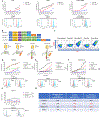
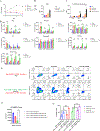
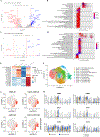

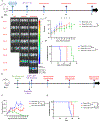
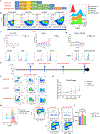
References
MeSH terms
Substances
Grants and funding
LinkOut - more resources
Full Text Sources

